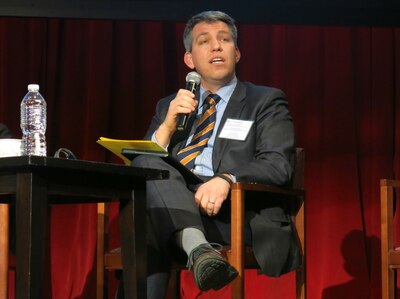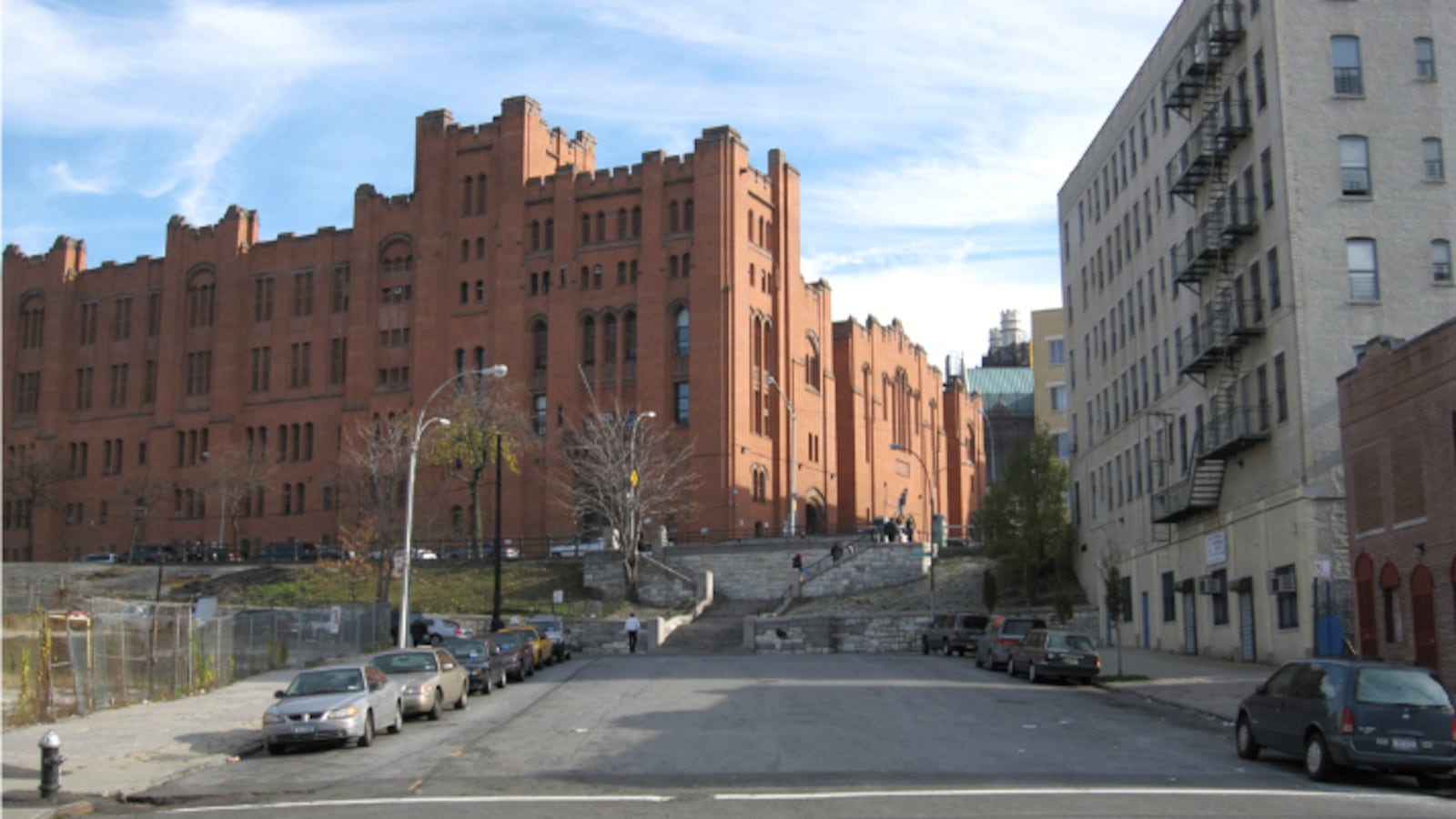When children are exposed to violence at home, the aftershocks can ripple into classrooms.
Often on edge and sometimes depressed, those students can struggle to concentrate and control their emotions, causing their grades and relationships to suffer. And with spotty training and limited insight into students’ home lives, teachers can fail to recognize the cause of these problems, much less put a solid plan in place to tackle them.
“Often teachers don’t have the language to talk about this stuff,” said James Waslawski, principal of New Directions Secondary School in the Bronx, a middle school for older students who are behind academically.
He estimates that 90 percent of his students have experienced some form of trauma, the majority of it related to domestic violence. Yet most teachers receive minimal training on how to help students deal with such issues, he added.
“It’s like one-fifth of what they need,” he said.
The city now has a plan to change that. Having identified the neighborhoods with the most reported incidents of domestic violence, trainers will go into the local schools to help teachers spot clues that students might have been exposed to violence, understand how that can affect students, and know what resources are available to them. After they are developed this summer, the three-hour trainings will begin in eight neighborhoods across the city at schools where the education department is already focused on bringing in more mental health and social services.
“This represents a very promising and exciting direction for districts like New York to go in,” said C. Cybele Raver, a vice provost at New York University who has studied how children who watch their parents fight may have trouble regulating their own negative emotions.
The education department is designing the trainings with the Mayor’s Office to Combat Domestic Violence, a partnership that grew out of City Hall’s “Children’s Cabinet” — an effort to improve coordination among 20 city agencies and offices that followed the death of an abused four-year-old boy last year. Education officials realized at the cabinet meetings that they could predict which schools are most likely to serve a higher number of students who have witnessed domestic violence, an official explained during a panel discussion at New York University last month.
“They know exactly which ZIP codes and what neighborhoods have the highest report rates and the highest rates of incidents of domestic violence,” said Christopher Caruso, who heads the education department’s community schools office. “So knowing that, probably, the students in those schools are witnessing that type of trauma and that type of domestic violence, we’re working on a professional development plan” for those schools.
The initiative will target these neighborhoods with high rates of domestic violence: Morrisania in the Bronx; Brownsville, Bushwick, and East New York in Brooklyn; East Harlem, Inwood, and Washington Heights in Manhattan; and Port Richmond in Staten Island. It will focus on “community schools” in those areas, or schools that receive extra funding to provide additional social services and mental and physical health care to students and their families.
Nationwide, more than one in nine children are exposed to some type of family violence each year, which can include physical attacks like hitting and choking or psychological violence such as threats, according to a 2011 U.S. Department of Justice report. About one in 15 young people are exposed to some sort of physical assault between parents, the report found. Other studies have found that children who witness family violence are more likely to become victims themselves.
“This is a significant issue that has no awareness,” said Brian Martin, founder and CEO of the nonprofit Children of Domestic Violence, which provided free trainings to several hundred education department employees last year. “If you grow up living with domestic violence, that’s childhood domestic violence, and it has a massive impact on the life of that person.”

Children who are exposed to violence at home are more likely to suffer from anxiety and depression, according to experts, who note that many children are able to cope with such experiences without showing serious problems. Long-term exposure can also act as a “toxic stress” that disrupts children’s brain development, specifically in the areas of memory, attention, and inhibition control, which are all crucial for learning.
That can lead to lower grades and test scores along with behavior problems as students who feel unsafe at home remain on high alert in school, making them easily distractible and prone to overreaction, experts say. If teachers have not studied the effects of trauma on children, they may not recognize such problems as symptoms of a troubled home life, said Raver, the NYU vice provost.
“They can see behavioral difficulty,” she said, “but have no understanding of where that’s coming from.”
The planned trainings for teachers and other school staffers will include an overview of domestic violence, signs that it is occurring, and how it relates to child abuse. They will also cover violence in teen relationships and the services available to families affected by violence.
David Pelcovitz, a professor of psychology and Jewish education at Yeshiva University, said that educators can play a pivotal role in helping students who are exposed to family violence.
Beside their responsibility to report signs of abuse, teachers can run classrooms that provide a sense of safety and predictability for those students, while also helping boost their self-esteem and self-control. Teachers can also act like “quarterbacks” by coordinating the efforts of school and city employees who interact with those students, Pelcovitz said. The city’s planned trainings could help teachers take on those roles, he added.
“They’re the ones on the front line,” he said. “So it’s on us to be more concrete in giving them the skills to support these kids.”

